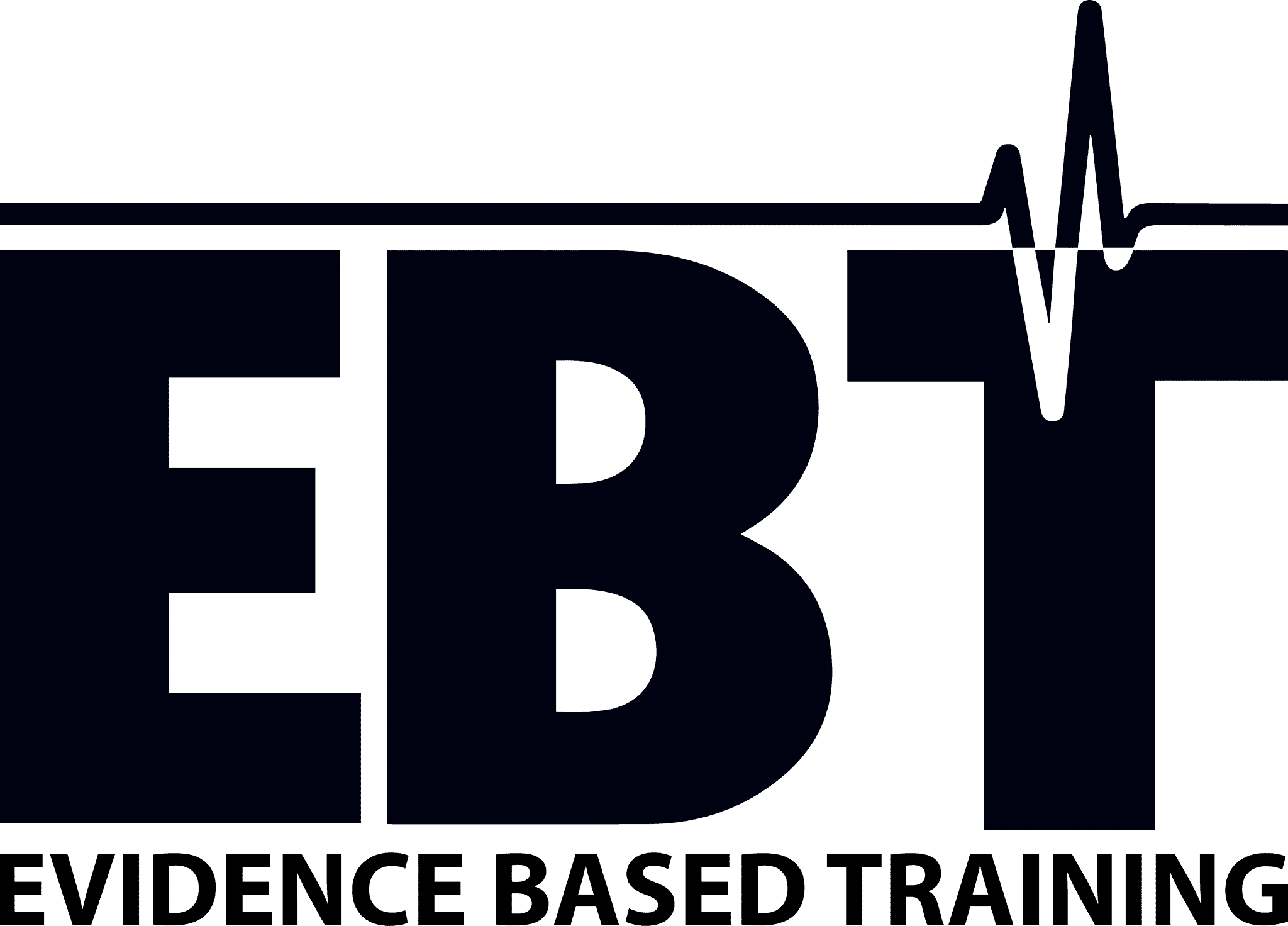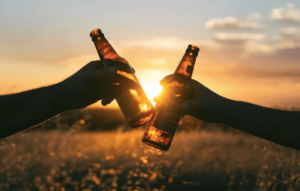Iron deficiency could be limiting your workouts
Iron deficiency is the most common nutritional deficiency in the world today. Iron forms a vital part of the protein hemoglobin, carrying oxygen in our blood. Iron deficiency can lower hemoglobin levels, reducing your blood’s ability to transport oxygen and thus make you feel tired. Individuals with a higher risk of iron deficiency include women and vegetarians.
Our bodies mainly regulate iron levels by changing how much we absorb, unable to regulate how much we excrete.
Diet plays a big role here and iron absorption is affected by many factors meaning that you cannot simply rely on how much iron you’ve eaten to know that you have enough in your system! There are two main types of iron: heme-iron (iron from blood and muscle) and non-heme iron (from bloth plants and animals). Heme-iron is found in meats and is absorbed much more effectively (15-35%) than non-heme iron which is influenced much more by other factors (2-20%).
Factors which increase the amount of iron you absorb include vitamin C (ascorbic acid) and meat/fish/poultry. Factors decreasing iron absorption include polyphenols (found in coffee!), calcium and protein from milk (avoid drinking milk with/after your iron sources)! Thus timing of food types plays an important role here! Also remember that even if, for example, pumpkin seeds have a higher iron content (15 mg per 100 g) compared to beef (3.6 mg per 100 g), we generally eat a lot less seeds than meat in a meal; 100 g of pumpkin seeds would mean eating 567 calories with 47 g of fat! Plus the fact that the iron in meat is heme-iron! It is recommended that women in fertile age eat around 15 mg of iron per day, and remaining adults eat 9 mg/day (National Food Agency, Sweden) . At the end of the day, a varied diet is what will get you to reach your needs – just beware of the timing milk and coffee!
Sources:
- Hurrell R. Am J Clin Nutr. 2010 May;91(5):1461S-1467S.
- Hallberg L. Int J Vitam Nutr Res Suppl. 1989;30:103-8.
- Teucher B. Int J Vitam Nutr Res. 2004 Nov;74(6):403-19.









